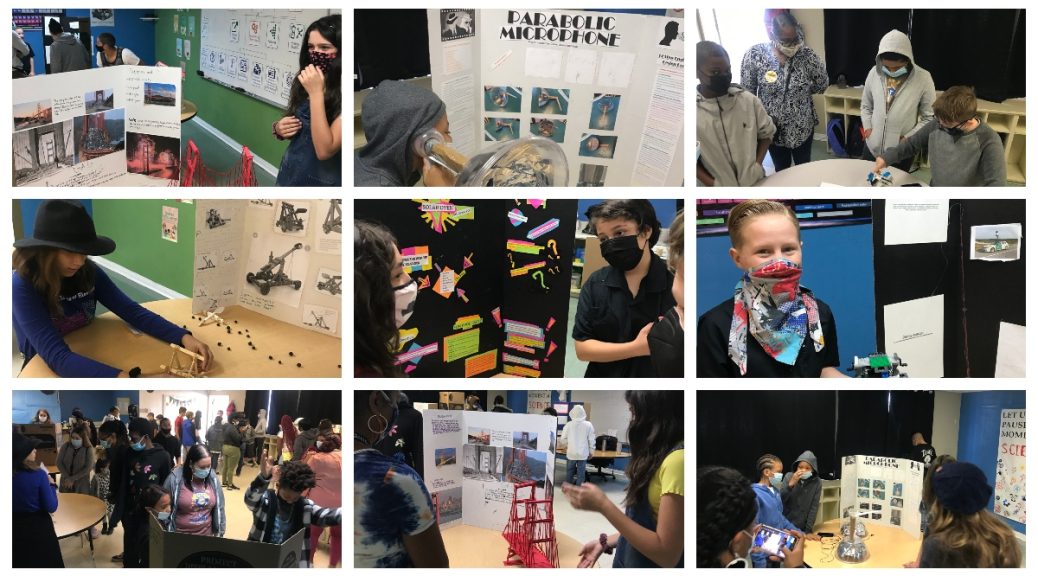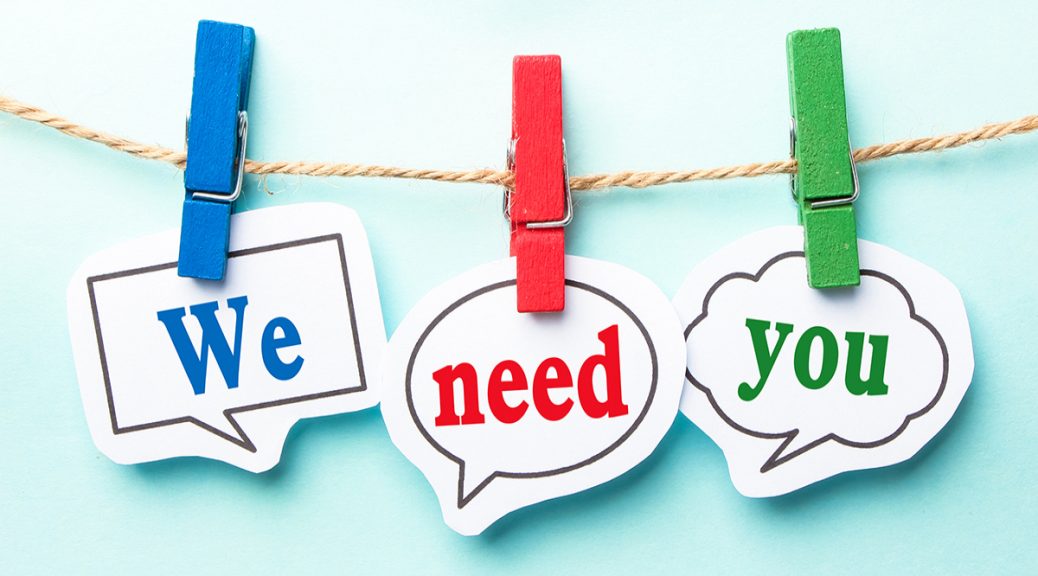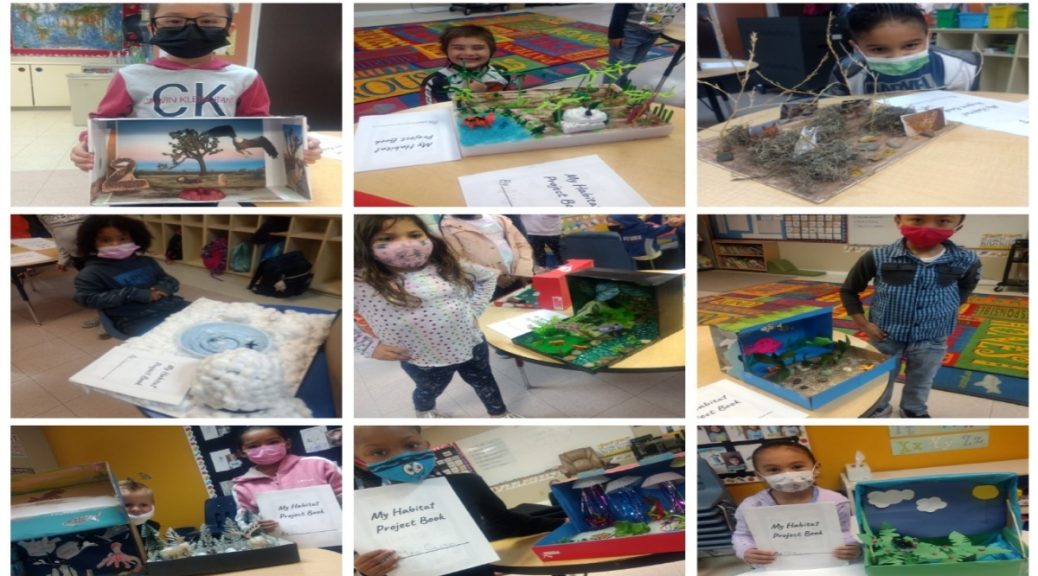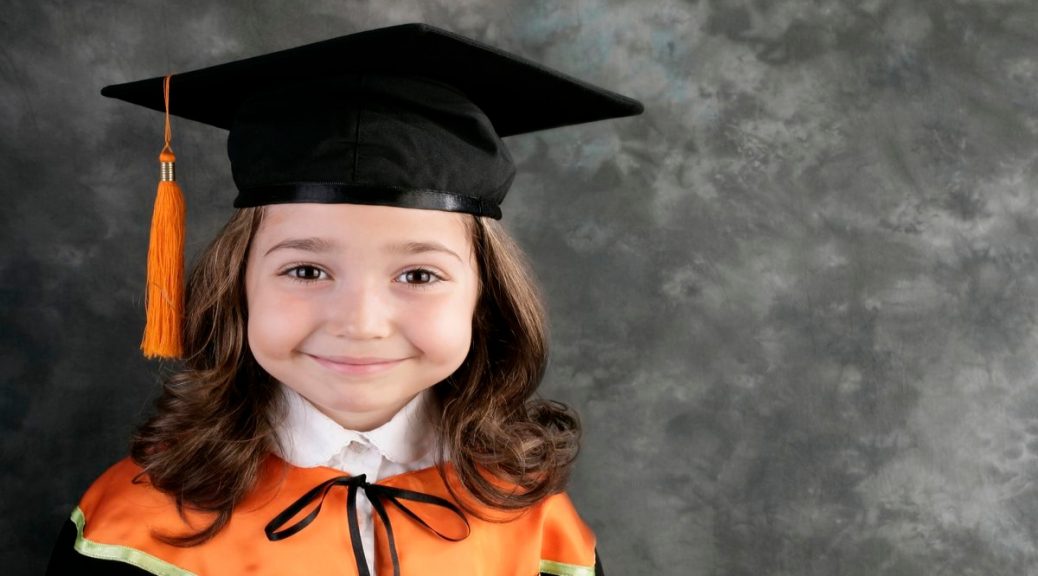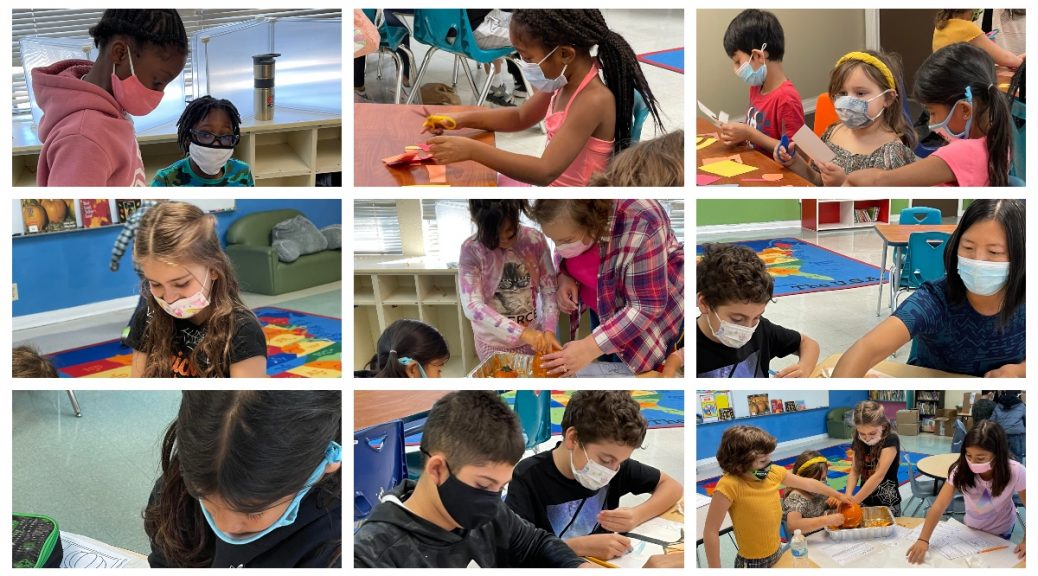Tag Archives: iLEAD AV
School Site Council Elections This Wednesday
Dear Learners, Parents and Community Members,
Please participate in electing the new members of our iLEAD AV School Site Council. The election is this Wednesday, November 10th. School Site Council is a group of facilitators, parents, other staff and learners who work with the leadership team to assist in the review and evaluation of school improvement programs and the budget. The members of the site council are elected by their peers and serve a term of one, two or three years. If you have any questions, please contact Linda Mendoza at linda.mendoza@ileadav.org or 661-494-7442.
iLEAD AV 1st, 2nd Graders Study Animal Habitats, Animal Advocacy
Almost every educator and parent knows that children have a natural affinity for animals. It could be their pets, farm animals, zoo creatures or other animals in various environments. But in addition to their cute, cuddly and adorable qualities, animals also serve as one of nature’s most powerful learning laboratories. Not only can we learn about animals, but we can learn a great deal about us as well. It’s with this spirit in mind that the 1st and 2nd grade learners at iLEAD Antelope Valley embarked on their most recent project.
Facilitators Aaron Kahle and Kristy Basty recently presented their learners with the driving question: How can I teach others to care about animals and their environment? According to these facilitators, this project not only tapped into their natural curiosity about animals, but also challenged them to advocate on their behalf to others.
One of the major products the learners had to produce was that of a realistic habitat for a specific animal. Learners had to operate within one specific natural habitat: desert, ocean, rainforest or the arctic / polar environment. Learners first had to build up their knowledge of these four major habitats and then focus their learning on a specific animal within that habitat.
Kahle and Basty knew they could tap into their learners’ concern for animal life and the planet as a whole in order to engage them in this project.
“Our learners not only have an affinity for animals, but also for each other,” said Kahle. “This project connects with their hearts. Indeed, this young generation really cares about the world around them.”
In addition to designing the habitat for their specific animal, Kahle said that the learners completed several aspects of the project leading up to that final product. This included several writing assignments, research and mini projects as well. One of the mini projects involved working with Roly Polys (Pill Bugs) on campus to determine what they eat and how they survive.
“All of these learners did an amazing job and completed a great deal of writing,” said Kahle. “We were very impressed with their creativity and use of descriptive writing.”
Examples of some of the species of animals that these learners focused their research on from the four major habitats were Arctic Fox, Puffer Fish, Caribou, Tiger, Snowy Owl, Rattlesnake, Sharks and Orca/Killer Whale. Kahle said the learners really began to make real connections and came away with greater knowledge and appreciation not only for their individual animals, but for animal life as a whole.
Basty said this project included deep investigation, as well as experimentation. As an example, she said learners participated in an experiment about how oil spills affect the habitat of ocean life. They tested feathers without oil and then tested again when oil was introduced to the water. Learners accessed research and information from quality sources such as National Geographic Kids, YouTube Kids, PBS Kids and others.
“They noticed how oil and water do not separate and the effects that it has on wildlife that depend on clean water to survive,” said Basty. “They really began making connections and expressing empathy towards the birds and other wildlife in our oceans.”
In addition to the Presentations Of Learning, learners brainstormed ways that they can help preserve animal habitats. According to Basty, they generated ideas such as not cutting down trees or planting more, using less gas and oil, recycling and not littering.
“Our learners did a fantastic job on their investigation, research and creation of their habitats,” said Basty. “I am so proud of the work that they have done and the connections that they made during the process!”
Kahle concurred with Basty and said he really enjoyed watching the learners work through this important project.
“They really demonstrated grit, resilience and a willingness to be successful,” he said.
iLEAD AV 1st, 2nd Graders Study Animal Habitats, Animal Advocacy
Almost every educator and parent knows that children have a natural affinity for animals. It could be their pets, farm animals, zoo creatures or other animals in various environments. But in addition to their cute, cuddly and adorable qualities, animals also serve as one of nature’s most powerful learning laboratories. Not only can we learn about animals, but we can learn a great deal about us as well. It’s with this spirit in mind that the 1st and 2nd grade learners at iLEAD Antelope Valley embarked on their most recent project.
Facilitators Aaron Kahle and Kristy Basty recently presented their learners with the driving question: How can I teach others to care about animals and their environment? According to these facilitators, this project not only tapped into their natural curiosity about animals, but also challenged them to advocate on their behalf to others.
One of the major products the learners had to produce was that of a realistic habitat for a specific animal. Learners had to operate within one specific natural habitat: desert, ocean, rainforest or the arctic / polar environment. Learners first had to build up their knowledge of these four major habitats and then focus their learning on a specific animal within that habitat.
Kahle and Basty knew they could tap into their learners’ concern for animal life and the planet as a whole in order to engage them in this project.
“Our learners not only have an affinity for animals, but also for each other,” said Kahle. “This project connects with their hearts. Indeed, this young generation really cares about the world around them.”
In addition to designing the habitat for their specific animal, Kahle said that the learners completed several aspects of the project leading up to that final product. This included several writing assignments, research and mini projects as well. One of the mini projects involved working with Roly Polys (Pill Bugs) on campus to determine what they eat and how they survive.
“All of these learners did an amazing job and completed a great deal of writing,” said Kahle. “We were very impressed with their creativity and use of descriptive writing.”
Examples of some of the species of animals that these learners focused their research on from the four major habitats were Arctic Fox, Puffer Fish, Caribou, Tiger, Snowy Owl, Rattlesnake, Sharks and Orca/Killer Whale. Kahle said the learners really began to make real connections and came away with greater knowledge and appreciation not only for their individual animals, but for animal life as a whole.
Basty said this project included deep investigation, as well as experimentation. As an example, she said learners participated in an experiment about how oil spills affect the habitat of ocean life. They tested feathers without oil and then tested again when oil was introduced to the water. Learners accessed research and information from quality sources such as National Geographic Kids, YouTube Kids, PBS Kids and others.
“They noticed how oil and water do not separate and the effects that it has on wildlife that depend on clean water to survive,” said Basty. “They really began making connections and expressing empathy towards the birds and other wildlife in our oceans.”
In addition to the Presentations Of Learning, learners brainstormed ways that they can help preserve animal habitats. According to Basty, they generated ideas such as not cutting down trees or planting more, using less gas and oil, recycling and not littering.
“Our learners did a fantastic job on their investigation, research and creation of their habitats,” said Basty. “I am so proud of the work that they have done and the connections that they made during the process!”
Kahle concurred with Basty and said he really enjoyed watching the learners work through this important project.
“They really demonstrated grit, resilience and a willingness to be successful,” he said.
iLEAD AV School Picture Day Is Here!
Cohort A – Monday, November 1st
Cohort B – Tuesday, November 2nd
Order forms went home last week and this week, please check with your facilitator if you need another one.
Order before Picture Day on mylifetouch.com with your Learner’s School ID: EVTNWP4K4
AV Exploration Workshops Underway
Help Improve Our School on the School Site Council
Dear Learners, Parents and Community Members,
The School Site Council is a group of facilitators, parents, other staff and learners who work with the leadership team to assist in the review and evaluation of school improvement programs and the budget. The members of the site council are elected by their peers and serve a term of one, two or three years. The School Site Council will meet a few times per year as needed, with a minimum of two meetings this fall/winter. We are looking for parents, learners and community members who would love to serve on the School Site Council. Five people will be elected to this role. If you’re interested, please contact Linda Mendoza (linda.mendoza@ileadav.org or 661-494-7442) to be placed on the election ballot no later than November 3, 2021. Elections will be held on November 10, 2021.
Podcasts Are Effective Learning Tool In Class, At Home
Podcasts have become extremely popular. But they are not only popular with adults. They can be very popular with young learners as well. Podcasts can provide new subject matter that not only keeps learners more engaged, but also allows them to experience exemplary communication outside traditional texts. Podcast topics are endless: fictional stories, educational and inspirational TED talks, current events/world news, history, sports, pop culture/entertainment, and investigative journalism. Podcasts are engaging and expose learners to a wide variety of methods of communication, including narration, casual dialogue, scripted dialogue, and interviews. There are many worthwhile podcasts available for learners! We have listed ones that are highly recommended and cover a wide range of topics. There is something for everyone! Here you go:
K-5
6-8
Goodnight Stories for Rebel Girls
Pants on Fire
Flyest Fables
9-12
Start-Up Nation
Help Improve Our School on the School Site Council
Dear Learners, Parents and Community Members,
The School Site Council is a group of facilitators, parents, other staff and learners who work with the leadership team to assist in the review and evaluation of school improvement programs and the budget. The members of the site council are elected by their peers and serve a term of one, two or three years. The School Site Council will meet a few times per year as needed, with a minimum of two meetings this fall/winter. We are looking for parents, learners and community members who would love to serve on the School Site Council. Five people will be elected to this role. If you’re interested, please contact Linda Mendoza (linda.mendoza@ileadav.org or 661-494-7442) to be placed on the election ballot no later than November 3, 2021. Elections will be held on November 10, 2021.
Reminder: Multipurpose Family Income Forms Due Oct. 31
Dear iLEAD Antelope Valley families,
We are writing with a reminder about the Multipurpose Family Income Form. This form needs to be filled out for every learner and submitted each year by October 31st. It can be submitted in a variety of ways. You can fill it out via a fillable PDF (click here) and email it to us, fill out a paper form and drop it off at the front office, or — in our newest, completely digital way — you can complete it via the My MealTime online platform. This option ensures the confidentiality of your form and can be done from home. Please email all forms ASAP. If you have any questions, call 661-705-4820 ext. 1063.
Some people have heard that it is necessary to fill out this form only if you want your child to qualify for free or reduced-price school breakfast and/or lunch. The truth is that it is important for EVERY family to fill out this form because doing so helps bring much-needed additional money and services directly to our school!
Our school receives funding from the state and federal governments to support the needs of low-income learners. For each learner who qualifies for free or reduced-price breakfast/lunch, our school receives thousands of additional dollars in funding. Studies show that many eligible students, in particular middle school and high school students, do not complete this form each year, leaving hundreds of thousands of dollars in funding for our school on the table. Even a small increase in eligible forms collected results in significantly more money to support our learners and school.
What is the Multipurpose Family Income Form?
This form collects basic information about your learner so our school can determine their eligibility for free or reduced-price breakfast/lunch, and also so that our school can qualify to receive extra money and programs. You may have heard this form referred to in the past as the School Meal Application Form or School Lunch Form. The name has changed because it is really about more than school breakfast/lunch.
What if my child doesn’t want to eat school breakfast/lunch? Why should I fill out the form?
Even if your child chooses to bring their own breakfast/lunch or snack or if they eat lunch at home, filling out the form is very important! It ensures that our school gets all of the funding and benefits available to support facilitators and learners. Also, even if your child does not eat school breakfast/lunch, learners who qualify for free breakfast/lunch also can receive other benefits, including the following:
- Free/reduced bus costs (as available)
- Reduced fees for SAT and ACT tests and college applications
How does filling out the Multipurpose Family Income Form help our school?
Schools get more money in their budgets to support learners. Our school qualifies to receive more money per learner from the state and federal government, which they can pass on to our school.
Help! The form is confusing!
Income information: Some parents have asked whether they need to provide this information if they know they are not eligible for free or reduced-price meals. The form does require that families enter income. This information is not shared and is required for those seeking free or reduced-price meal eligibility. However, a family that does not wish to be considered for eligibility may fill out a form, complete learner information in step 1, write “do not qualify” in the first box in step 3, and then complete the name, signature, and datelines in step 4.
Last 4 digits of Social Security Number: If you don’t have a Social Security Number or don’t want to submit the last 4 digits of your social, you can check the box that says “don’t have one” and still be eligible for free or reduced-price breakfast/lunch.
Is the Information I submit confidential?
The information you submit on the Multipurpose Family Income Form cannot be shared by our school.
Personal information submitted on the form is not shared with the state or federal government; only the number of learners who qualify for free or reduced breakfast/lunch is shared.
Facilitators are not told which learners qualify for free or reduced breakfast/lunch benefits.
Our school does not share information with other organizations that provide benefits. But if your child does qualify for free or reduced-price breakfast/lunch, you may use the eligibility form provided by our school to qualify for other benefits through providers.
If your child qualifies and chooses to eat breakfast/lunch at school, the process is the same as it is for a learner who is paying full price.
How do I access the payment/application system?
Our school allows families to deposit funds and fill out applications online via My MealTime. If you don’t already have an account, please visit ileadav.org/school-lunch-program for directions, or see attached instructions to set up your My MealTime account today.
What if I still have questions?
If you run into any problems, you can always contact the staff at our school for individual assistance. You can reach them by calling 661-494-7442 or emailing info@ileadav.org.
We thank you for your continued support of iLEAD Antelope Valley!
The iLEAD AV Leadership Team
Please Read:
Printable Free and Reduced Price Meal Application (English/Spanish)
Fillable Free and Reduced-Price Meal Application
My MealTime Online Application Instructions


